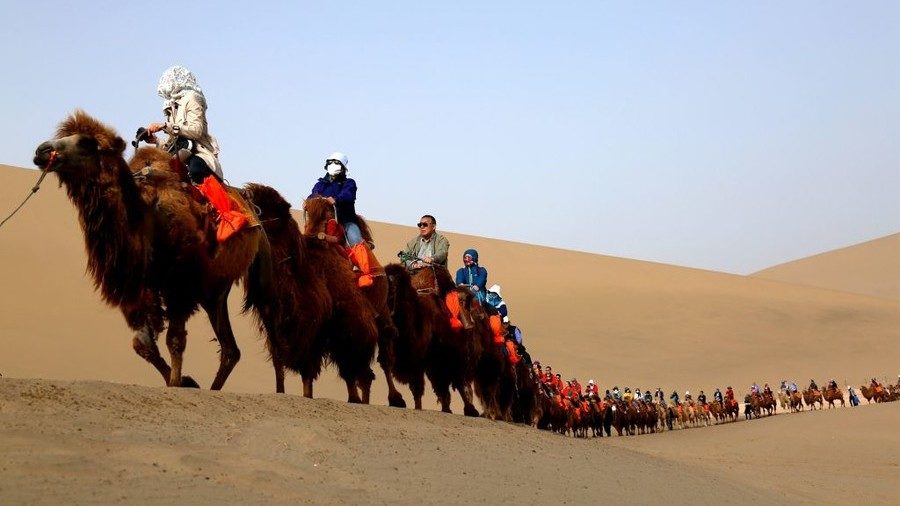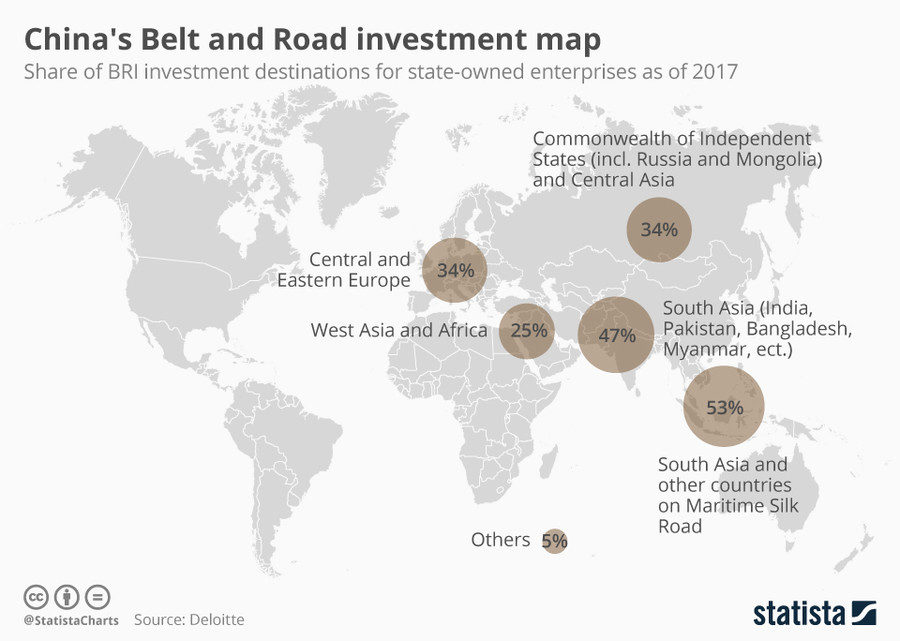OF THE
TIMES
A nation that continues year after year to spend more money on military defense than on programs of social uplift is approaching spiritual doom.
I got my own personnel assets been "confiscated" by these mother fucker - "RSX" out of Van-Eck and mother fuck them - if you steal from a pirate...
I would have eaten a cherry and tried a shot of the brine too!
Just another psyops/hoax, move along nothing to see here.
Risible, farcical & hilarious. First of all the whole science of Stonehenge is a completely farce & lie. Stonehenge was moved long ago...
The case centered around the death of Mexican national Gabriel Cuen-Buitimea, who was found shot to death on Kelly's 170-acre cattle ranch near...
To submit an article for publication, see our Submission Guidelines
Reader comments do not necessarily reflect the views of the volunteers, editors, and directors of SOTT.net or the Quantum Future Group.
Some icons on this site were created by: Afterglow, Aha-Soft, AntialiasFactory, artdesigner.lv, Artura, DailyOverview, Everaldo, GraphicsFuel, IconFactory, Iconka, IconShock, Icons-Land, i-love-icons, KDE-look.org, Klukeart, mugenb16, Map Icons Collection, PetshopBoxStudio, VisualPharm, wbeiruti, WebIconset
Powered by PikaJS 🐁 and In·Site
Original content © 2002-2024 by Sott.net/Signs of the Times. See: FAIR USE NOTICE


Comment: Where China invests in mutually beneficial economic development, the West invests in obliterating nations:
- Putin, Xi & Abe: Greater Eurasia Coming Together in Russian Far East
- Pepe Escobar: The Caspian sails towards Eurasian integration
- Xi Jinping's trip to Africa increases continent's growing ties to China and Beijing's loans
- Why the West fears 'Made in China: 2025'
Also check out SOTT radio's: